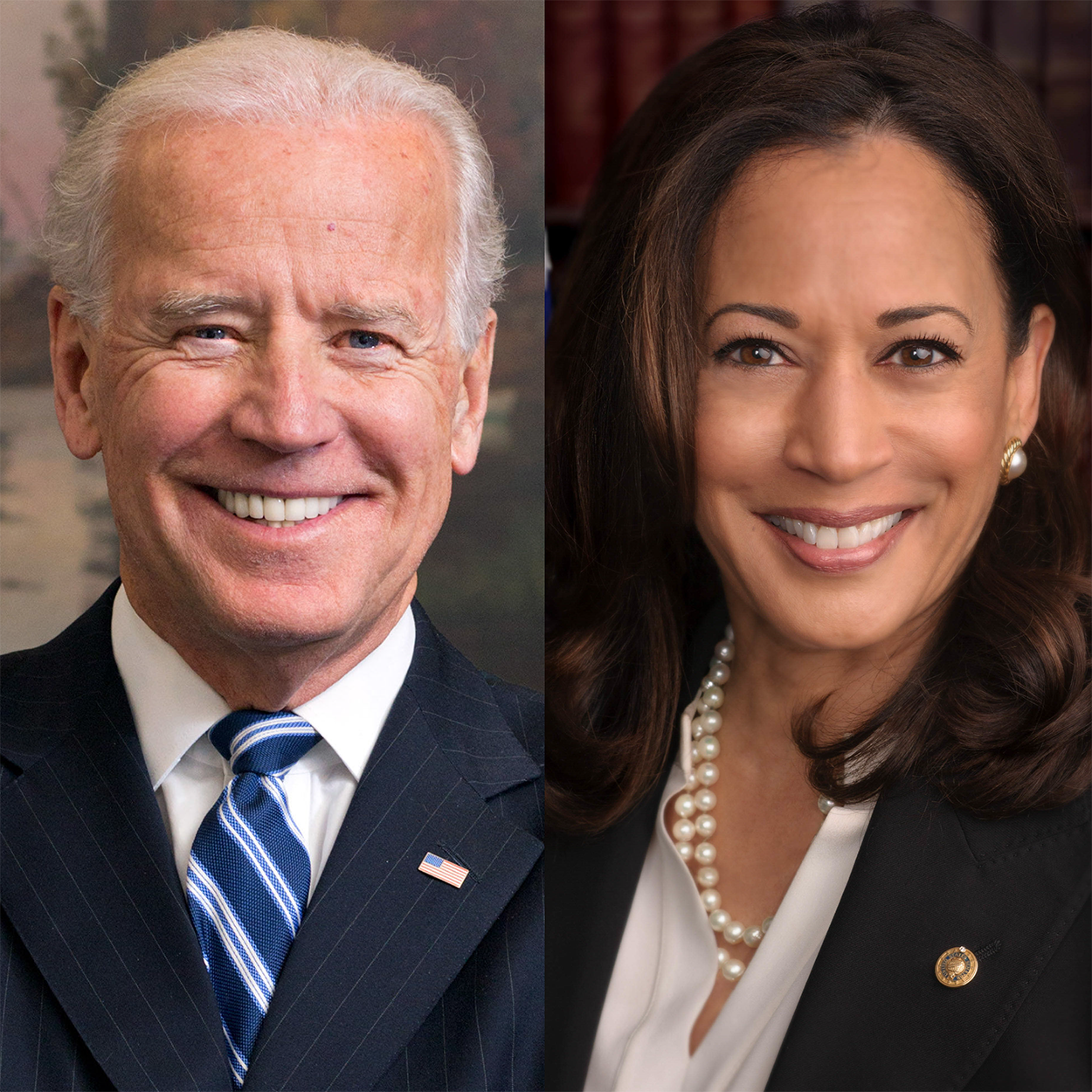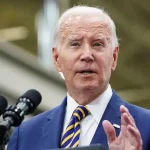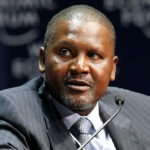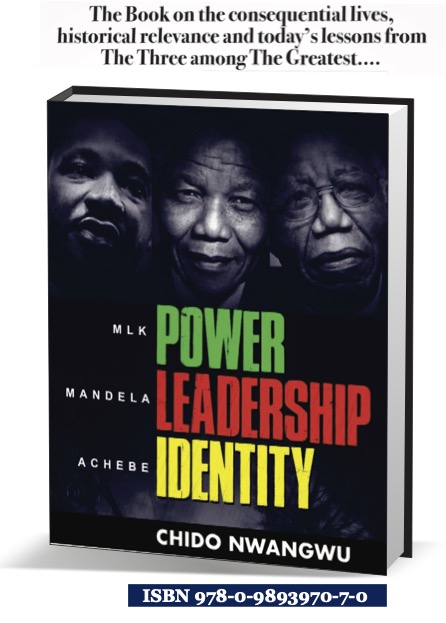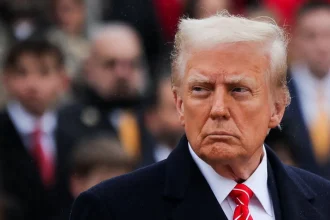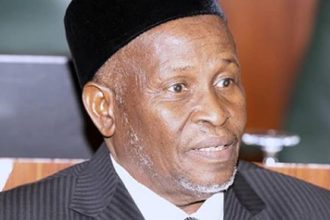President Biden announced Sunday (hat he is dropping out of the 2024 presidential race and threw his support behind Vice President Kamala Harris.
“While it has been my intention to seek reelection, I believe it is in the best interest of my party and the country for me to stand down and to focus solely on fulfilling my duties as president for my term,” Mr. Biden posted in a statement on social media.
Mr. Biden said he would address the nation later this week. Shortly after the announcement, he endorsed Harris for the Democratic nomination.
“My very first decision as the party nominee in 2020 was to pick Kamala Harris as my Vice President,” Mr. Biden posted on social media. “And it’s been the best decision I’ve made. Today I want to offer my full support and endorsement for Kamala to be the nominee of our party this year. Democrats — it’s time to come together and beat Trump. Let’s do this.”
Former President Donald Trump, who was officially nominated by the Republican party on Thursday night, told CNN after the decision that Mr. Biden is the “worst president by far in the history of our country,” but he said that he thought if Harris is the nominee, she would be easier to beat than Mr. Biden.
Never before has a sitting president and presumptive nominee dropped out of the race so late in the process, and Mr. Biden’s decision to do so underscores the severity of the crisis that enveloped his campaign after his disastrous debate performance against Trump.
In the days following the debate, a growing chorus of Democrats openly expressed concern over the president’s health and mental state, his ability to defeat Trump in November and his capacity to lead the country for four more years. The pressure to step aside steadily increased as Democratic lawmakers and governors went days without hearing from Mr. Biden directly, allowing questions about his future to swirl within the party ranks. And a growing number of Democrats on Capitol Hill publicly called for him to step aside.
In the weeks since the debate, the president tried to push back, insisting in a series of public appearances and meetings with Democratic elected officials that he was committed to staying in the race. “I’m not going anywhere,” he vowed. But even longtime allies began to urge him to change course.
The pressure eventually became insurmountable, with top Democrats in Congress telling Mr. Biden that he should step aside and allow a replacement to face off against Trump in November.
Mr. Biden is the first sitting president who is eligible for reelection to decline to run again since President Lyndon Johnson stepped aside the spring before the 1968 election. Johnson’s vice president, Hubert Humphrey, won the Democratic nomination that year and lost to Richard Nixon.
Only a handful of first-term presidents in American history have not sought a second term, the last being Rutherford B. Hayes, who declined to run again in the 1880 election. James Buchanan and James Polk also chose not to seek the presidency a second time. Calvin Coolidge, who assumed the presidency in 1923 after the death of Warren Harding, won his own term in 1924 and declined to seek another full term four years later.
A disastrous debate
For months, the Biden campaign and allies reassured the public that the president was up to the rigors of leading the free world, often dismissing questions about his age and fitness even as polls consistently showed Americans had concerns. Mr. Biden would be 86 at the end of a second term.
But on the night of the debate on June 27, over 50 million Americans watched the president, lacking his teleprompter and without notes, struggle not only to refute Trump, but to articulate his own policies. Mr. Biden, never the most eloquent speaker, repeatedly lost his train of thought and confused his answers, at one point saying his administration “beat Medicare.”
The flubs baffled members of his own party, many of whom soon recognized the political peril of having Mr. Biden at the top of the ticket if the overwhelming majority of voters considered him not fit to serve.
Before winning the White House in 2020, Mr. Biden called himself a “bridge” to a new “generation of leaders,” causing many to wonder if he would only serve one term. In the aftermath of the debate, he explained that his thinking had changed, and the divisiveness in the country led him to believe only he could defeat Trump.
After days of his campaign and other allies trying to contain the fallout, the dam had broken, and the president faced pressure from a growing number of Democrats on Capitol Hill to step aside and let a new nominee step up to the plate. He resisted that pressure for more than a week, defiantly and publicly stating that he would not drop his reelection bid. But he continued to misspeak in interviews and speeches, doing little to allay concerns about his ability to win in November.
Calls for him to step aside died down in the aftermath of the failed assassination attempt of Trump on July 13. But behind the scenes, Democratic leaders in Congress were reportedly urging him to make his exit, and polls showed large majorities of Democratic voters saying they preferred a different nominee. News of that private pressure campaign began to break on July 17, coinciding with a call from powerful Democratic Rep. Adam Schiff for Mr. Biden to drop out.
The Democratic National Committee also pushed back a virtual vote that would have cemented Mr. Biden’s status as the nominee, saying on July 17 that plans for a quick resolution would be pushed back until August. Senate Majority Leader Chuck Schumer and House Minority Leader Hakeem Jeffries were said to have encouraged the party’s rules committee to delay the vote.
What happens next?
States have already held their primaries, meaning Democratic voters have no time or mechanism to pick a replacement directly. At this point in the process, it’s up to Democratic delegates — state and local party officials who were selected during the primaries — to decide who will replace Mr. Biden at the top of the ticket, either at August’s Democratic National Convention in Chicago or beforehand. However, it ultimately happens will be a logistical nightmare for Democrats in the weeks ahead.
The convention is scheduled to begin Aug. 19 in Chicago.
The party affirmed Friday it would hold a virtual roll call between Aug. 1-7 to formally select a nominee to ensure access to the ballot in Ohio. amid a dispute about the state’s ballot certification deadline. Whether that happens now that Mr. Biden has dropped out remains to be seen. By Kathryn Watson, politics reporter for CBS News Digital, based in Washington, D.C.

